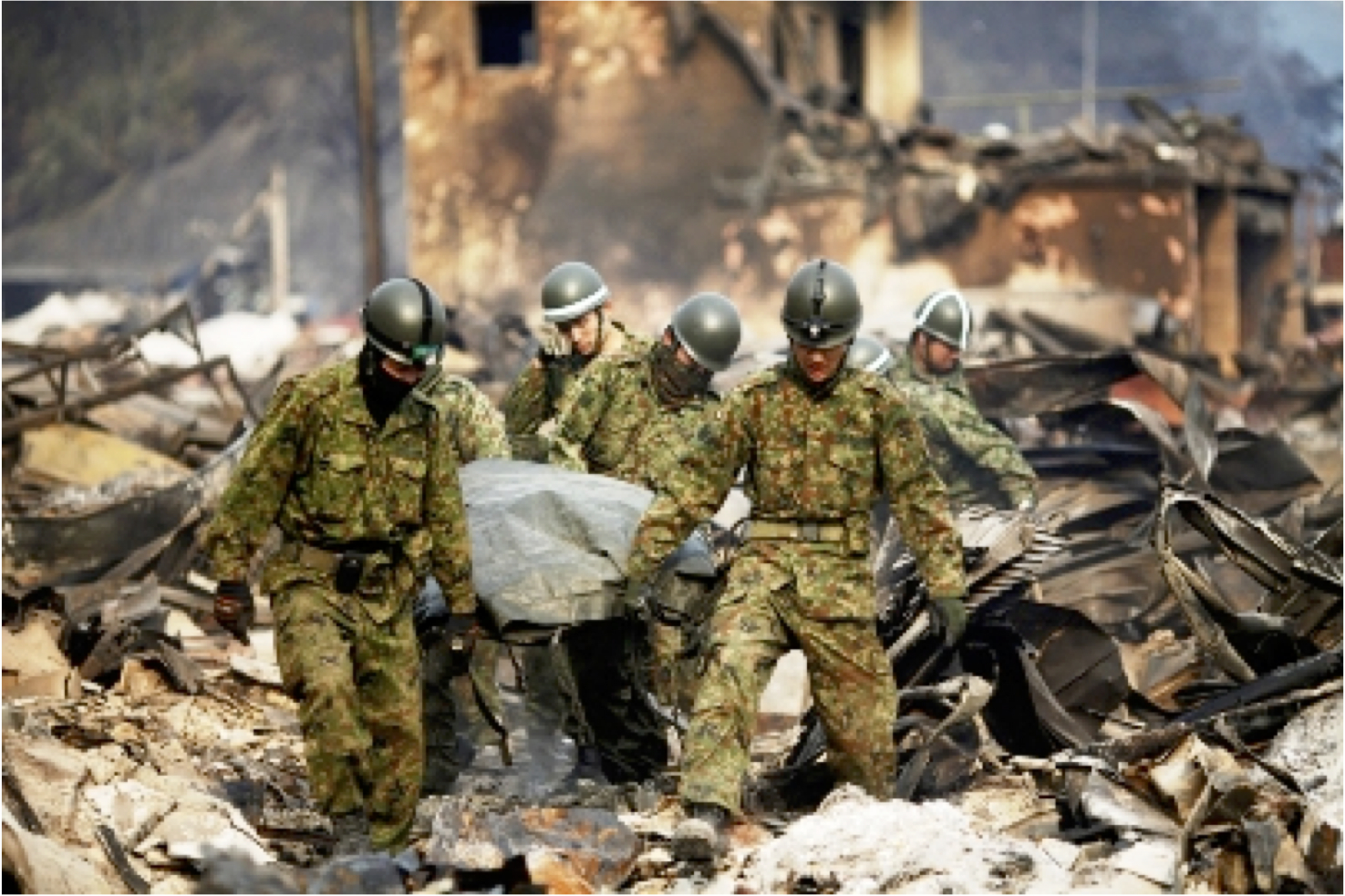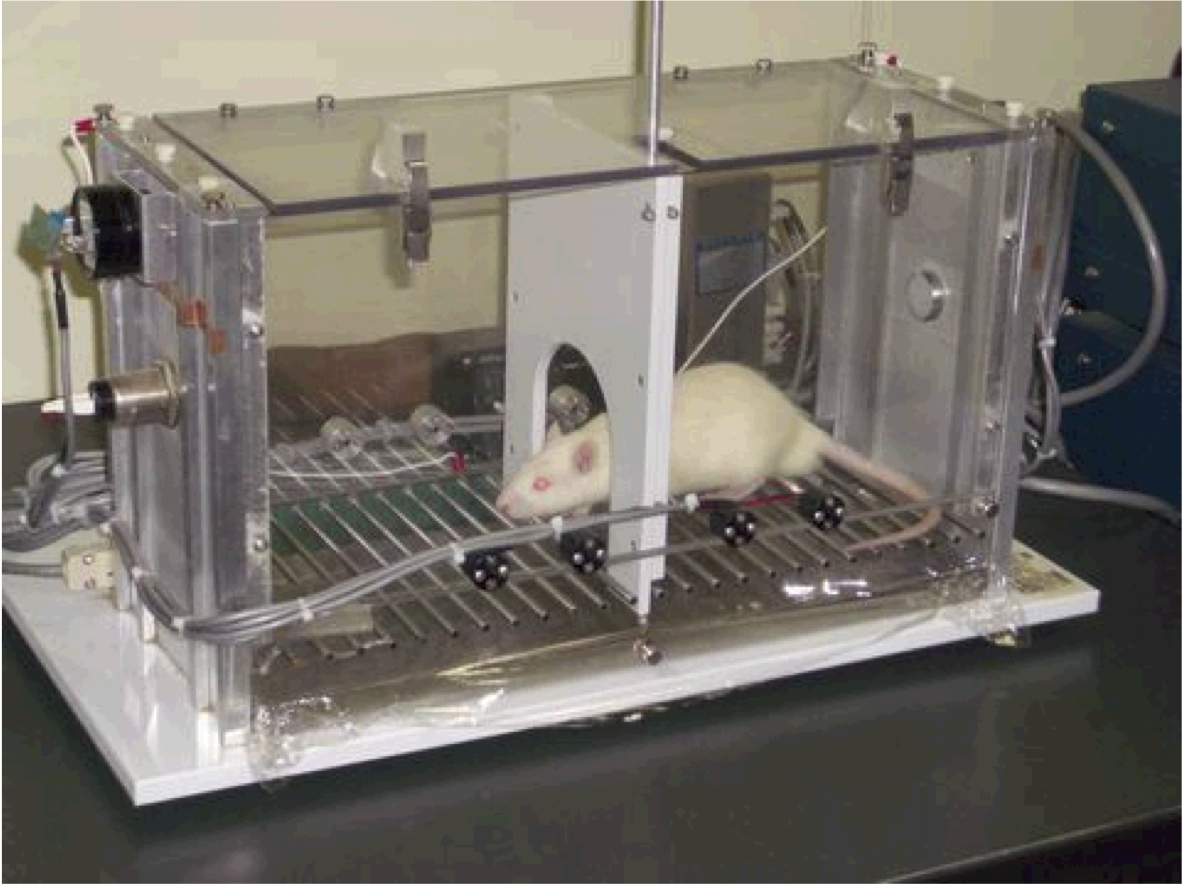行動科学研究部門: Division of Behavioral Science
部門の概要: Mission
当部門では、災害派遣や国際平和協力活動など自衛隊員の特殊任務に伴うストレス反応を調査し、「ストレス関連障害の予防や治療に寄与する研究を実施すること」を第1のmissionとして掲げています。自衛隊員の大規模なコホートデータを保有し、疫学・精神科学・分子生物学・データサイエンスなどの領域横断的なアプローチを取り入れ、学際的な研究体制を構築している点が強みです。
また、このような知見を保有する専門集団として、防衛省内の各種メンタルヘルス施策に対して積極的に提言していくことにより、「防衛省におけるメンタルヘルスのシンクタンクとして機能すること」を第2のmissionとして掲げています。
これら2つのmissionが車の両輪として十分機能することにより、自衛隊員のメンタルヘルスが向上し、強靭な組織へと発展していくものと考えています。
メンバー: Staff
Division of Behavioral Science
- 教授 長峯 正典
Professor Masanori Nagamine, M.D., Ph.D. - 准教授 斉藤 拓
Associate Professor Taku Saito, M.D., Ph.D. - 助教(兼務)脇 文子
Assistant Professor Fumiko Waki, R.N., M.A.
研究の概要: Our research
自衛隊員のメンタルヘルスに関する疫学研究

国内外の災害支援活動や国連平和維持活動(PKO)など、人道支援活動に従事する者は多くのストレスを被ることが指摘されています。二次災害の危険や不安定な社会情勢など、生命の危機に曝される中で重大な責務を担い、過重労働に陥るケースも少なくありません。また、多くの遺体を目の当たりにするといった直接的な心的外傷体験だけでなく、困窮した人々と接することで間接的に被る二次的トラウマ(共感疲労)も指摘されています。このようなストレスを被る自衛隊員のメンタルヘルスを考慮し、当部門では特殊任務に伴う種々のメンタルヘルス調査を実施しています。
これらの調査では、隊員のメンタルヘルスの状態を評価して、PTSDやうつ病などの疾患を単にスクリーニングするだけでなく、これらの症状に関連する要因を評価し、今後の施策へとつなげられるような分析を心がけています。例えば、東日本大震災の派遣任務に関する分析において、長期の派遣・自ら被災していること・派遣任務終了後の過重労働などは、隊員の心的外傷反応に比較的大きな影響を及ぼしていたことが示されています。他にも、個人の共感特性、レジリエンス、派遣後の休暇など、種々の要因との関連を検証しています。
また、当部門は、防衛省で年に1度実施されるメンタルヘルスチェックの分析やフィードバックも担っています。こうした分析をできるだけ有効に活用し、自衛隊員のメンタルヘルス向上へつなげていきたいと考えています。
さらに、近年はDynamic Time Warping(DTW)という新規の解析手法に着目し、PTSDをはじめとした精神症状の進展様式の解明に取り組んでいます。DTWとは2つの時系列データの類似性を評価する解析手法で、精神科領域で注目されている「複雑動的システム理論」を適用するのに優れています。精神症状は相互に影響し合いながら複雑に変化しますが、DTWを用いたネットワーク解析により、症状の進展や回復過程を可視化することが可能となります。今後、データの収集・解析を進めることで、PTSDをはじめとした精神疾患の病態理解を深め、個別化治療への応用につなげることを目指しています。
動物モデルを用いたストレスに関する研究

当部門では精神科学講座と連携し、防衛省の重要課題であるストレス関連障害の生物学的基盤を解明するための研究を行っています。特に、PTSDやうつ病の病態解明のために種々のモデル動物を用い、これらの行動変化や生化学的変化を分析するアプローチをとっています。
近年、精神疾患発症のメカニズムとして神経炎症仮説が注目されていますが、本仮説に基づく研究に積極的に取り組んでいます。精神疾患の神経炎症モデルでは脳内免疫担当細胞であるミクログリアを中心とする脳内マクロファージが重要視されていますが、こうした細胞の脳機能における役割や病態形成機序などを探索しています。また、マウスに低用量のリポ多糖を事前投与(プレコンディショニング)してエンドトキシン耐性を誘導することで、種々のモデル動物における行動異常(不安行動や抑うつ行動など)が有意に抑制されることにも注目しています。
これらの研究を通じ、PTSDやうつ病の病態形成のメカニズムを明らかにすることで治療法開発や創薬に貢献すると同時に、自衛隊員のメンタルヘルスの向上に資する知見を獲得することを目指しています。
研究業績(外部リンク):Research Achievements (External link)
- 長峯 正典(Masanori Nagamine) researchmap
- 斉藤 拓 (Taku Saito) researchmap







